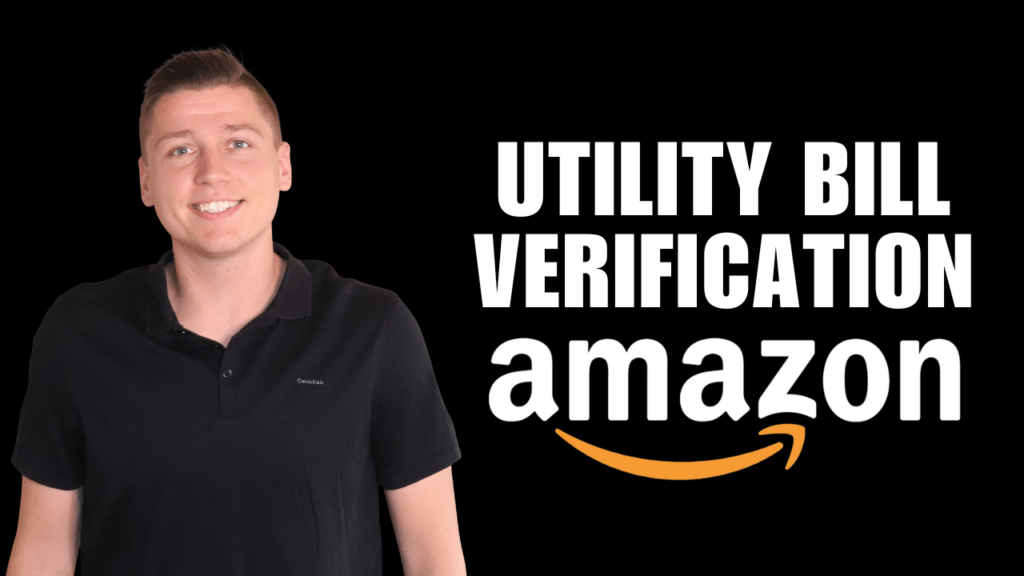As mentioned in a previous blog, properly labeling and packaging your product is of utmost importance to succeed and churn profits on Amazon.
Labels allow Amazon to track your product, identify you as the seller, and most importantly, credit you with the sale of your products and payout your hard-earned profits.
But there’s loads of room for confusion and mishaps when boxing and labeling items to ship into FBA warehouses, and Amazon’s barcode ecosystem isn’t the easiest to understand.
Here’s a breakdown in simple terms.
When is Overboxing Required on Amazon?
Overboxing means adding an additional box to the packaging, even if the product’s already in a box.
Amazon specifies that products over 10lbs require “double wall corrugated boxes for over-boxing.”
The following items require over boxing:
- Pointed or sharp items that could rupture packaging materials
- Vinyl records
- Fragile items that failed Amazon’s 3-foot drop test after being bubble wrapped, or that could be damaged during shipping and handling
- Hazardous liquids in glass containers that exceed 4.2 oz
Can I Include any Marketing Materials in My Box or Packaging?
Amazon explicitly states the following about marketing materials on the packaging.
“Amazon will not accept marketing materials such as pre-priced labels, pamphlets, price tags, or other non-Amazon labels.”
It’s best to avoid anything resembling marketing material, as it can result in added FBA fees or product rejection altogether.
That being said, I’ve heard of sellers receiving customer reviews by successfully inserting review request cards with the product. Doing this is a bit of a gray area, so proceed with caution.
Amazon FBA General Amazon Boxing Guidelines
Amazon requires that all boxes be 6 sided, and must not be easily opened on their own, and must not collapse when “medium pressure is applied”
Amazon is not entirely specific regarding the drop test they require for certain boxes. So here’s what they say verbatim on the matter:
- “If the boxed unit has perforated sides or openings, the product must pass a 3-foot drop test, consisting of one drop on each side, and one drop on a corner. If the product does not pass the drop test, it must be placed in a poly bag with a suffocation warning.”
In short, don’t cheap out on boxes (if applicable). You’d hate to ruin an entire investment due to sub-par packaging.
3 Types of Amazon Barcodes
Amazon officially states it uses three different barcodes, which are required in various scenarios depending on your type of product; manufacturer barcodes, Amazon barcodes, and Transparency Authenticity Codes.
For a full, in-depth breakdown of Amazon Barcodes, including UPC, GS1, FNSKUs, and ASINS, check out my tutorial on the subject.
Manufacturer Barcodes (UPC, EAN, JAN, and ISBN)
Manufacturer barcodes are probably the most unclear of the three, mainly because it’s an umbrella term that covers several barcode types.
But it’s pretty simple.
If you’re selling an already existing product, it will include some type of manufacturer barcode. These are the standard UPC codes you scan at the self-checkout line.
Let’s say you’re selling an already existing product – such as a pair of Reebok shoes, or a branded scented candle. These products already include a manufacturer barcode. Amazon will use these by default to track your items, and they’re automatically eligible for virtual tracking.
Amazon allows you to switch from manufacturer barcodes to Amazon barcodes (ASIN, FNSKUs) on certain items, but either you or your supplier will be responsible for labeling the products thereafter.
Amazon Barcodes
Amazon states the following items must include an Amazon barcode, such as an FNSKU or ASIN.
- Used products
- Products that lack a scannable UPC, EAN, JAN, or ISBN barcodes
- Products including an expiration date
- Topical and consumable products
- Media products
- Products for children or infants
These barcodes can be easily printed from your seller’s central account Manage Inventory feature.
Transparency Authenticity Codes:
Amazon Transparency Authenticity codes are used by brand owners to protect their products from counterfeits.
These labels include a QR code and identifying letter “T”.
I always advocate brand-registering your product, as it provides sellers with perks (such as the Amazon Vine program) and safeguards to protect your brand and business.
If you’re selling already-existing items, retail arbitrage, or online arbitrage, you won’t need to with transparency authenticity codes.
| Head over to my YouTube channel for a full breakdown on how to send your first shipment to an Amazon FBA warehouse. |

Ready to Begin Your Amazon Business?
My Amazon Winners Academy (AWA) mentorship guides you through the entire Amazon FBA process and provides a community of support with others on the exact same journey.
AWA gives you a much-needed safeguard from costly mistakes, dead ends, and failed product investments.
So whether it’s solving issues with your Seller Central account, creative approaches to product research, scaling to new markets and niches, validating product ideas, customer service issues, and more, we’ve got you covered.
Learn more about it here.


